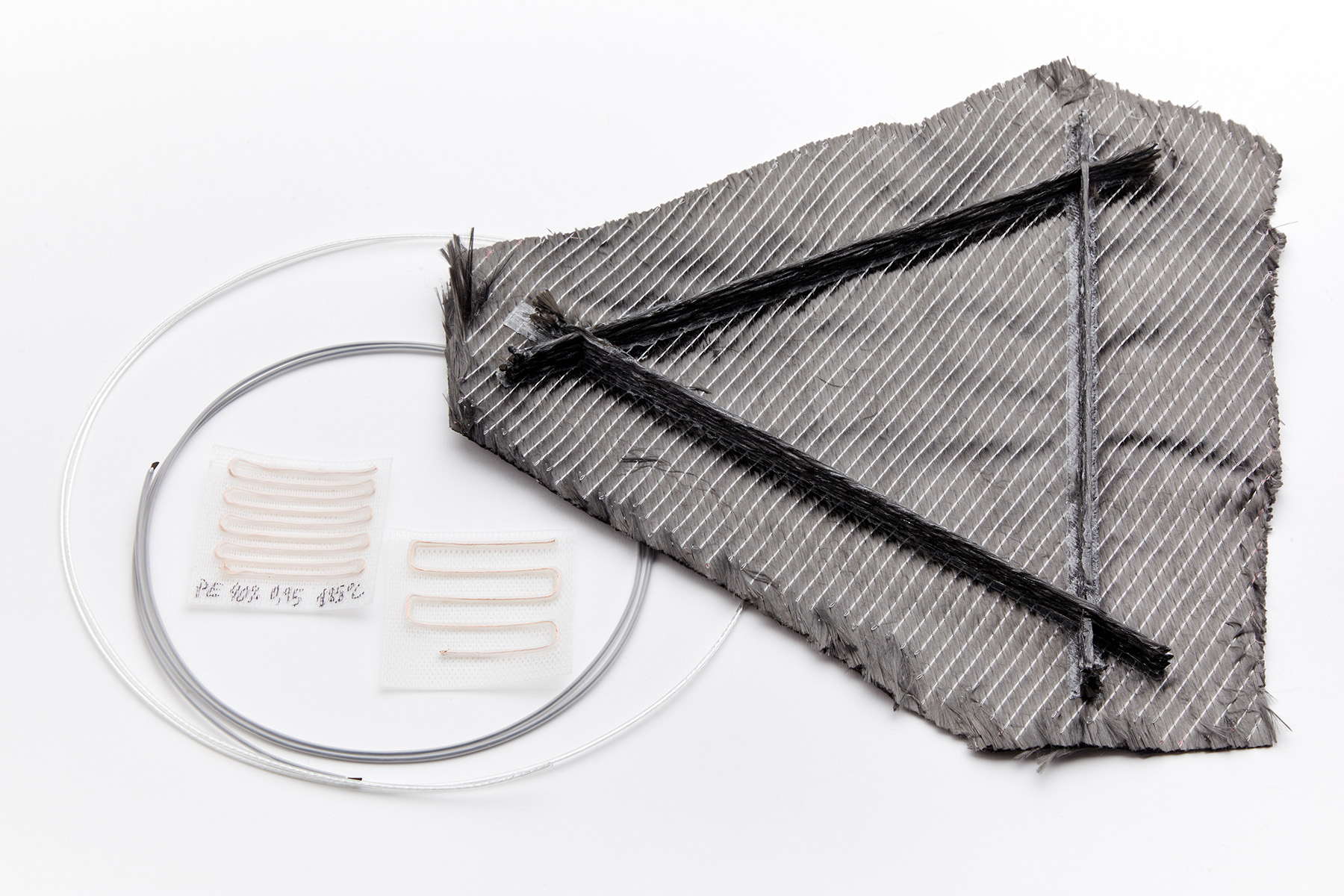“Addipref develops a pioneering process for more efficient and cost-effective additive preforming of continuous fibre composites for manufacturing”
TECNALIA uses innovative technology to transform composite manufacturing
Addipref is technology that develops a pioneering process for additive preforming of continuous fibre composites. It is a milestone in manufacturing, making it more efficient and cost-effective than ever before.
Continuous fibre composites, known for offering mechanical performance comparable to metals, but with exceptional design freedom and weight features, have historically faced significant challenges in terms of cost and geometric constraints. However, thanks to Addipref, which simplifies manufacturing and drastically reduces associated costs, TECNALIA is paving the way for the expansion of these innovative materials.
This revolutionary process involves additive manufacturing of continuous fibre preforms (carbon, glass, aramid or textile), eliminating conventional manual or automated preforming steps. The resulting preform can be resin impregnated by infusion or RTM for thermoset composites or hot formed for thermoplastic composites, offering unparalleled versatility.
Technological breakthroughs and endless applications
Addipref, technology led by TECNALIA, uses adapted FDM technology to print continuous fibre-reinforced filaments coated with thermoplastic polymer. This bold approach has overcome technological challenges, from filament extrusion to optimising FDM technology for printing, setting a new standard in the world of composites.
There is a wide range of applications including isogrids, impregnable preforms, ribs, localised reinforcements, 3D preforms and more. Furthermore, this innovative process not only optimises the most costly phase of structural composites moulding, but also maximises the possibilities for geometric complexity, paving the way for unprecedented competitive improvement.
FDM printable filaments
Addipref’s success demonstrates the feasibility of FDM printable filaments with high continuous fibre content, redefining the possibilities in composites manufacturing. This process not only maximises topological optimisation and reduces weight, but also offers significant economic advantages over conventional methodologies.
Addipref has led to a paradigm shift in composite manufacturing, paving the way for lighter, stronger and more economically viable components.

